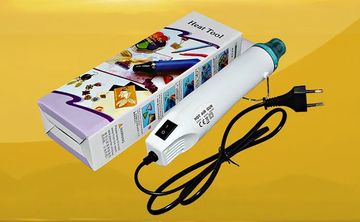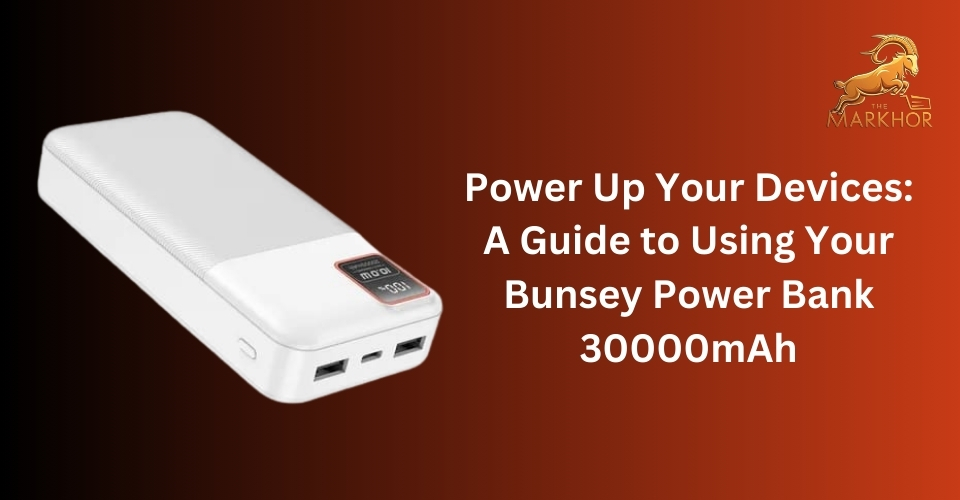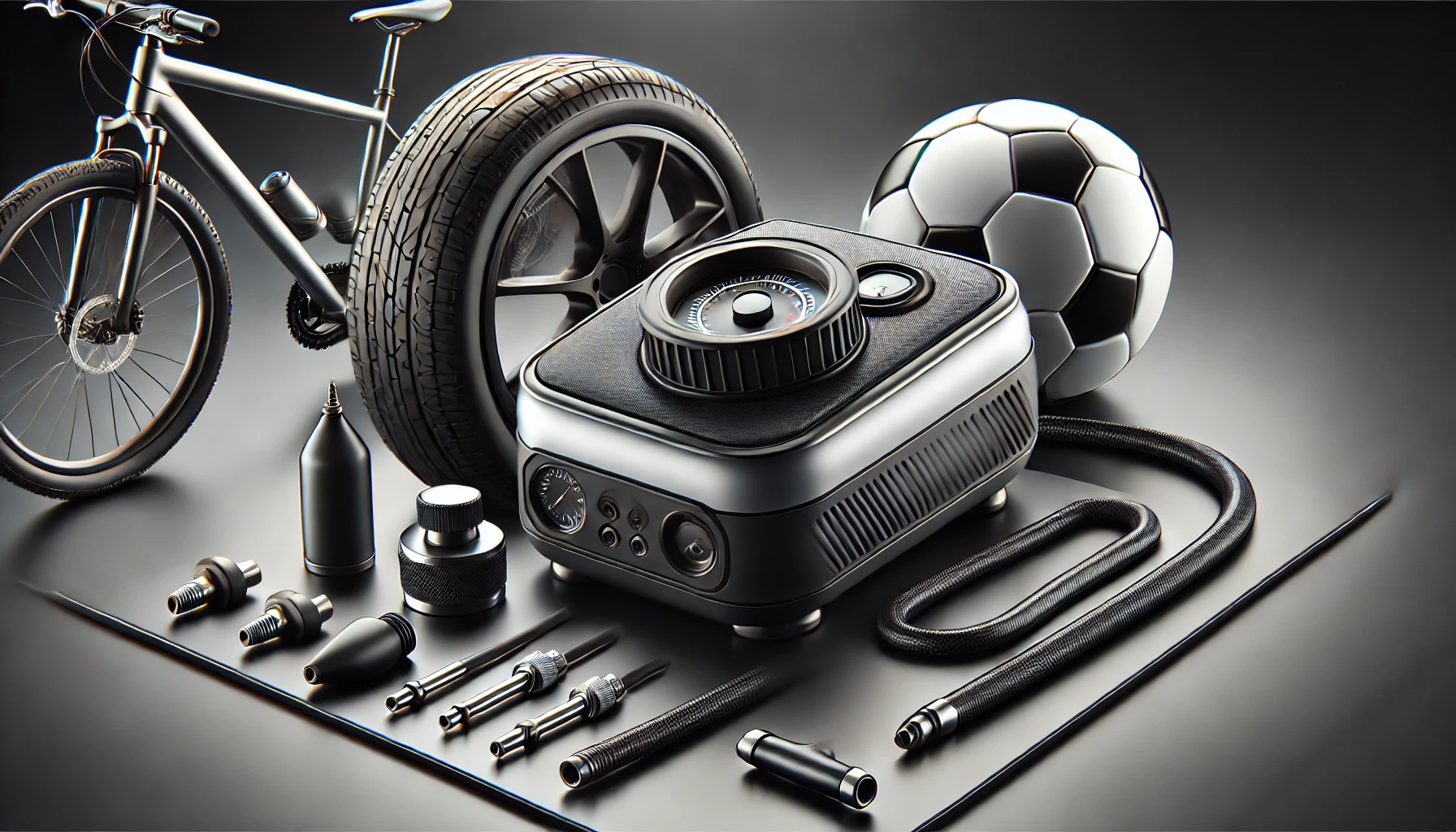Unleashing the Power of Hot Air Guns: A Versatile Tool for DIY Enthusiasts
Introduction
- In the realm of do-it-yourself (DIY) projects, having the right tools at your disposal can make all the difference. One tool that stands out for its versatility and utility is the hot air gun. Whether you're a seasoned DIY enthusiast or just dipping your toes into the world of home improvement, a hot air gun can become your secret weapon for tackling a wide range of tasks. In this blog post, we'll explore the ins and outs of hot air guns, their applications, safety precautions, and tips for making the most of this powerful tool.
The Basics of Hot Air Guns:
- A hot air gun is a handheld electric tool that produces a stream of heated air. It's equipped with adjustable temperature and airflow settings, allowing you to tailor its output to various tasks. Hot air guns are commonly used for tasks such as paint stripping, heat shrinking, plastic molding, and more. The key to their effectiveness lies in their ability to deliver precise heat to specific areas, making them an indispensable tool for both professionals and DIY enthusiasts.
Applications of Hot Air Guns:
- Paint Stripping: Say goodbye to hours of tedious scraping! Hot air guns excel at removing paint from various surfaces. By gently heating the paint, it bubbles up, making it easy to scrape away without damaging the underlying material.
- Heat Shrinking: Whether you're working with heat shrink tubing or packaging materials, a hot air gun is perfect for achieving a tight, secure fit. Simply apply heat evenly to the material, and watch it shrink to the desired size.
- Plastic Molding: With a hot air gun, you can reshape and mold plastic materials to fit your needs. Whether it's repairing a broken plastic piece or crafting custom items, the controlled heat from the gun helps reshape plastic without compromising its integrity.
- Adhesive Removal: Stickers, labels, and adhesives can be stubborn to remove. A hot air gun softens the adhesive, making it easier to peel off or scrape away without leaving behind residue.
- Rust Removal: When faced with rusted bolts or nuts, a hot air gun can be your ally. By gently heating the metal, you expand it slightly, making it easier to loosen the rusted parts.
- Electronics Repair: For the tech-savvy DIYers, a hot air gun is a valuable tool for electronics repair. It's used to desolder components or reflow solder joints on circuit boards, aiding in repairing and maintaining electronic devices.
Safety First:
- Using a hot air gun requires caution and adherence to safety guidelines. Always wear safety goggles and gloves to protect your eyes and hands. Work in a well-ventilated area to avoid inhaling fumes. Keep the gun away from flammable materials, and be mindful of the heat emitted.
Tips for Effective Use:
- Start Low, Go Slow: Begin with lower temperature and airflow settings, gradually increasing as needed. This prevents accidentally damaging surfaces due to excessive heat.
- Consistent Motion: Maintain a steady, even motion when using the hot air gun. This ensures that the heat is applied uniformly, preventing overheating in specific spots.
- Practice Patience: Take your time and practice on less critical projects before tackling bigger tasks. Familiarizing yourself with the tool's behavior can lead to better results.
Conclusion
- A hot air gun is more than just a tool – it's a game-changer for DIY enthusiasts and professionals alike. Its ability to tackle various tasks with precision and efficiency makes it an indispensable addition to any toolbox. From paint stripping to electronics repair, the hot air gun empowers you to achieve professional-level results in the comfort of your own home. Just remember, while it's a versatile tool, safety and patience are key to mastering its use. So, gear up, embrace your DIY spirit, and let the hot air gun elevate your projects to new heights.














.jpg)


.jpeg)